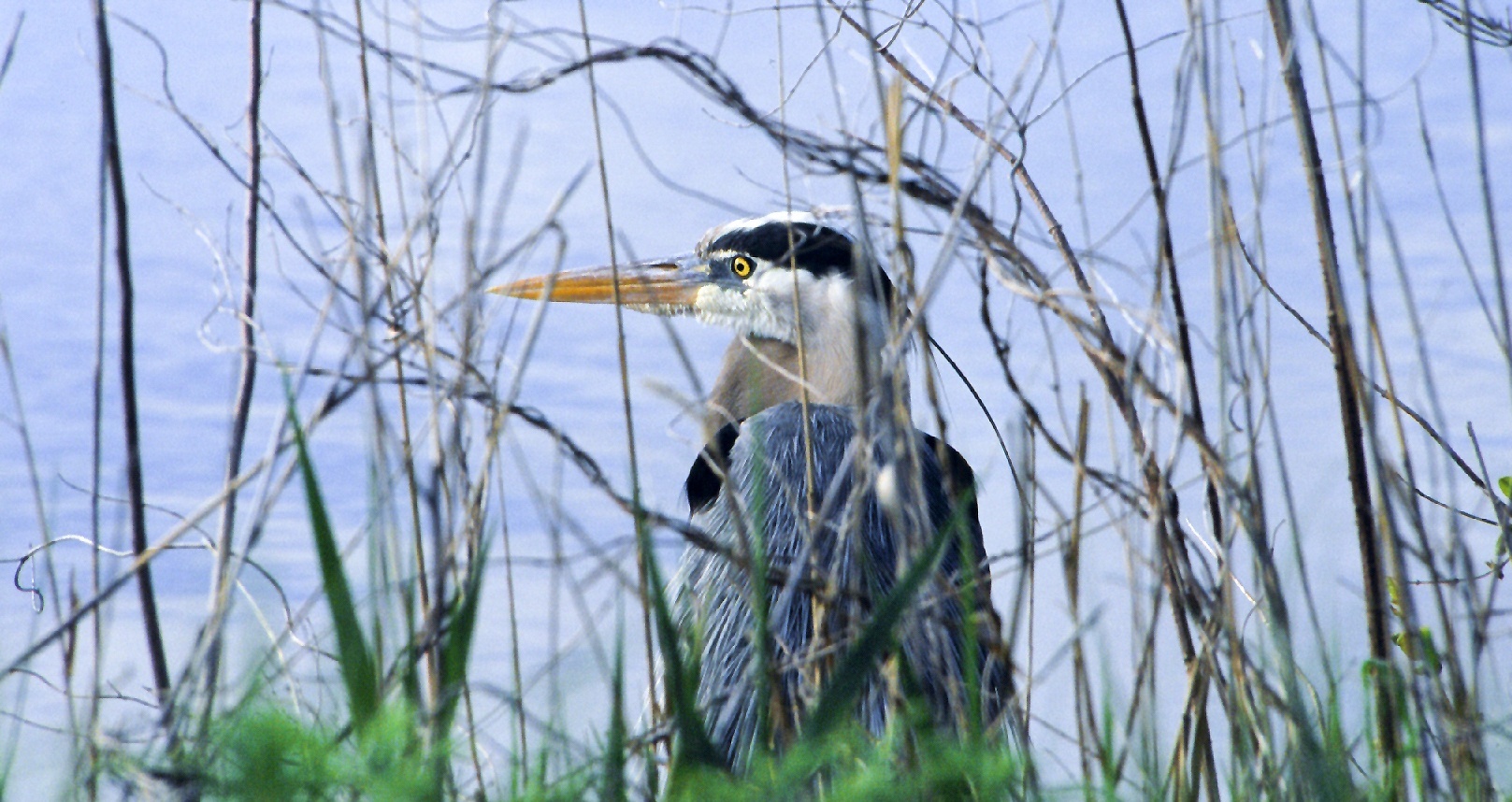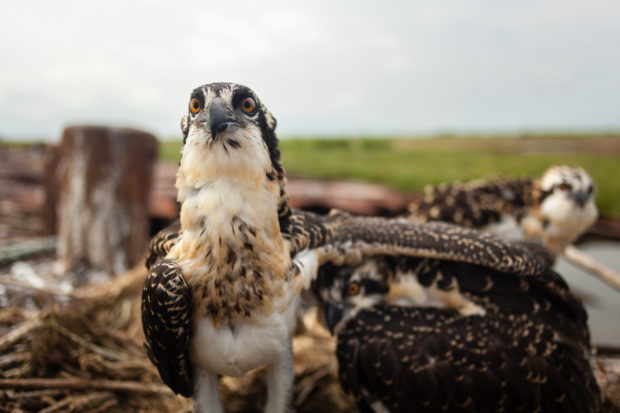We have much more to do and your continued support is needed now more than ever.
Halftime for the Chesapeake Bay

Since its creation in 2009, one of the primary roles of the National Wildlife Federation hosted Choose Clean Water Coalition has been to monitor the progress of the Chesapeake Bay restoration effort. This includes making sure the bay jurisdictions are successful in meeting the Environmental Protection Agency’s (EPA) pollution reducing requirements by 2025. Each state has been given different pollution limits to reach and have a unique set of sources of pollution to deal with. Right now, the restoration effort is at the halfway mark, and the states still have a long way to go.
Sound confusing? Let’s try it this way.
Growing up in a basketball-obsessed family, it is easier for me to think about this halfway point as “Halftime for the Bay”. Also, as someone who does not fully understand all of the often confusing and sometimes wonky components of the Chesapeake Bay restoration effort (see above), I find it easier to think of it as just one big basketball tournament. We have seven jurisdictions (teams), with three different types of players (agriculture, urban and suburban stormwater, and wastewater), all trying to overcome certain obstacles (nitrogen, phosphorus, and sediment), in order to achieve their goals (all projects for a clean Bay in place by 2025). Why do this? To achieve the ultimate victory of clean water and habitat for the wildlife that call the Chesapeake Bay watershed home.
So grab that Gatorade and towel from the bench. This is Chesapeake Sports Night.
First, we need to recognize some of the standout players from the first half of the restoration effort. Teams District of Columbia and West Virginia have really dominated the first half, with player’s reaching their nitrogen, phosphorus and sediment ‘halftime’ goals. As long as the coach can make some strategic adjustments in the second half (more on that later), these small but mighty teams are definitely on track for a win come 2025.

The rest of the field is a mixed bag. You have Virginia, who played relatively well, but is still having issues managing nitrogen and sediment. New York is in the same boat as Virginia, but their nitrogen problems have actually increased since 2009. Although they have played relatively well, nitrogen problems continue to plague Maryland and Delaware. And then there is Pennsylvania. A well-known underdog, this team is suffering from major funding issues that are having an impact on their player’s ability to achieve nitrogen, phosphorus, and sediment goals for the state.
After such a strong start (for most states), why are so many teams struggling as we enter the second half? They put their faith in one single player – wastewater (I could make a LeBron James joke here, but that’s a conversation for another time.) Wastewater is the water used in our homes and businesses, think showers, toilets, sinks, and washing machines. Treatment facilities typically intake and clean wastewater before releasing it either into a local waterway or back into the utility system. All of the states focused on wastewater first, their best and easiest player to manage, by making technical upgrades to their treatment facilities. The only state that was not able to capitalize on this was New York, which had major challenges upgrading one of their systems.
Wastewater is tired. It has been playing for the whole first half, and for most states, treatment facilities are now operating at best available technology. Relying on wastewater will no longer help push these teams to their goals. If the states are to ever be ‘champs’, they need to refocus their resources and coaching on other players, like agriculture, and urban and suburban runoff.
Most states have yet to fully tap into these players because they are often difficult to deal with. There are many outside influences that make agriculture and urban and suburban runoff complicated sources of pollution to track. They also require a lot of ‘fan’ or community engagement, such as buy-in from the local business community. They also require engaging with local officials (who do not always make the right calls) and partnering with people who may not be their biggest fan. But much like any basketball team, a strong fan base is essential for victory, and the states must turn their attention to these other players if they are to succeed in 2025.
So what are our notes to the coaches for the second half of this game restoration effort?
- West Virginia cannot get complacent. Urban and suburban areas in the state are growing, which means more pollution from this source. Start thinking about plays like green infrastructure now before it is too late!
- Maryland must find and educate officials who will make calls that support fixing stormwater and flooding issues. We have seen enough the past few months to know that we are not doing enough and it will only get worse with climate change coming to town.
- For Delaware, agriculture and urban and suburban runoff have to get their nitrogen under control. If they want to succeed, they must install more pollution reducing projects, like rain gardens, in the watershed.
- With no agriculture on their team, the District of Columbia must focus on urban and suburban runoff, and they may have just brought in a ringer. Many are banking on their new draft pick “Chris”, a 680-ton tunnel-boring machine that will help divert combined sewer overflow away from the Anacostia River.
- The Commonwealth of Virginia must increase and maintain funding for programs like Stormwater Local Assistance and the Agricultural Cost Share. Both of these programs are vital to not only engaging the community in the game, but putting projects in the ground that will help Virginia meet their goals related to nitrogen and sediment.
- New York has to figure out how to tackle their nitrogen problem from ALL sources. They have to come up with a play that upgrades their wastewater treatment facilities and also reduces pollution from agriculture.
- Do not get discouraged, Pennsylvania. You may be far behind but we are all rooting for you! Mainly because if you do not get things going, we are all in trouble. The state must figure out how to push out more funding for on the ground projects, especially to support the agricultural community. Maybe a dedicated funding source for clean water, perhaps? The last thing we need is the EPA calling a ‘technical foul’ on Pennsylvania.
And what can we, as fans, do? We can be supportive but also hold our teams accountable to their goals; for in this game, there is no overtime.
*BUZZER*
And with that, let’s start the second half.
I am Kristin Reilly and this is Chesapeake Sports Night.
Kristin Reilly is the Senior Communications Manager for National Wildlife Federation’s Choose Clean Water Coalition. Want to learn more about our work to restore and protect the Chesapeake Bay? Visit choosecleanwater.org





















